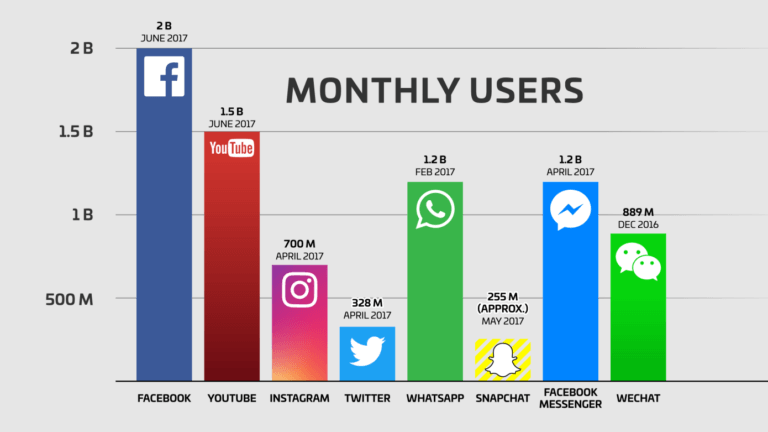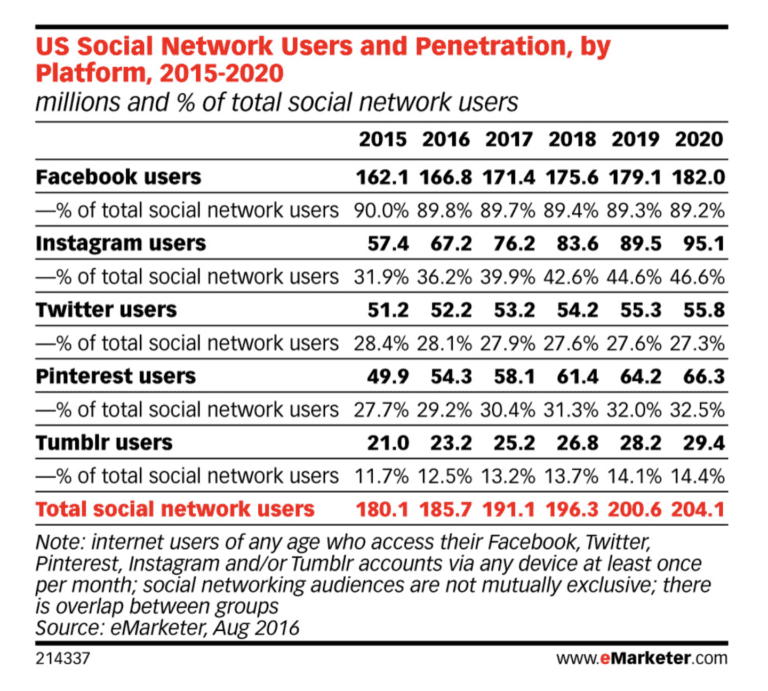You are a business owner, or a person who sells a service or product that people want. You’re considering a digital marketing strategy…however, you’re stuck in the metaphorical digital marketing quicksand that is preventing people from finding you online.
So what is causing you to sink into the marketing quicksand? Here are a few questions you may be asking yourself with regards to your digital marketing strategy that are contributing factors:
How will I find time for this too?
Who do I know who can do this?
I don’t have the budget for this?
Do I have to?
In terms of a digital marketing strategy, you have a variety of options to make your business visible to those who may or may not even know that they need what you’re selling.
What you need to ask yourself is, which option offers the best return on investment (ROI)?
In the past, most businesses concentrated their marketing efforts on billboards, TV and radio ads, direct mail, and referrals.
Today’s business owners are savvy enough to realize that the ROI of these antiquated marketing channels do not compare with digital opportunities.
The traditional approach to marketing is EXPENSIVE. Billboards will cost you up to $10,000 – $20,000 for four weeks in a large city! According to Gaebler, a 30 second radio ad in Philadelphia costs $383.00…for one spot!
Consider this:
One of the most important rules in marketing is known as The Rule of 7, which suggests that a consumer needs to see your marketing message at least 7 times before they will make a purchase.
You can do the simple math—traditional marketing is TOO EXPENSIVE, especially if you have a limited marketing budget that includes a website, digital marketing strategy, SEO, and more!
Costs: Traditional Marketing vs. Digital Marketing
In addition to the high cost of traditional marketing, you don’t get the analytics you need to determine whether or not a campaign is working. With a traditional marketing campaign, you may receive new inquiries via phone call or email, but you will not get the insights required to determine where your inquiries are coming from, which is vital for re-targeting marketing campaigns to meet the requirements of The Rule of 7.
You may be asking yourself, so where might I invest my marketing dollars?
Two key determining factors involved in this decision include:
Who is your target audience?
Where do they spend their time?
Are you going to reach your target audience through a radio or TV ad?
A billboard?
A bar napkin?
Perhaps…
With all marketing campaigns, you want to ensure that the marketing funnel, or the steps that it takes to get from the ad to your website, is a smooth one.
While most people have phones on them at all times, are they likely to pick up their device, search for your website, then visit your website while they are listening to the radio (and probably driving) or watching live TV or Netflix?
If a person is driving down the highway, and they see your billboard ad, are they likely to pick up their phone (again, while driving) to visit your website?
Possibly…
But considering the high costs involved in traditional marketing, most small businesses today are looking for a CHEAPER, MORE EFFECTIVE approach to marketing with a higher ROI.
Why Do I Need A Digital Marketing Strategy
People are digitally connected…
Facebook as more than 2 billion daily active users…
Other social media statistics show:
Youtube has 1.5 billion monthly active users
Instagram has 700 million monthly active users
Twitter has 328 million monthly active users
Snapchat has an estimated 255 million monthly active users
Technology has increasingly become a part of people’s daily routine.
Take a look at the infographic below from a MediaKix that illustrates how long users spend on these social media outlets each day.
Technology has started to shape the way businesses and consumers interact with each other. Most notably, social media has had a transformational impact on business relationships, as consumers are gradually spending more time engaging in online communication, online shopping, gaming, web searching, learning, and more!
As a result, the development of a comprehensive digital marketing strategy offers potential for businesses to connect with existing customers while attracting new leads in a more digitized and efficient fashion.
Stated another way, you need to be seen where your customers are, and that’s online.
Investing In A Digital Marketing Strategy
When developing a marketing plan, you need to simplify the steps involved in your marketing funnel that lead to potential sales.
This is where all businesses MUST consider digital marketing as the primary component of an overall marketing strategy.
In the blog post How Much Should You Budget For Marketing In 2018?, Chris Leone cites reports from Forrester Research and eMarketer that demonstrate a significant increase in digital marketing investments:
In 2018, the average firm was expected to allocate 41% of their marketing budget to online, and this rate is expected to grow to 45% by 2020.
Social media advertising investments will continue to grow, with a 17% compound annual growth rate from 2016 to 2021, and is expected to represent 25% of total online spending in 2018.
Investment in paid search, display advertising, social media advertising, online video advertising and email marketing is predicted to account for 46% of all advertising by 2021.
In the article How Much Should Small Businesses Spend on Digital Marketing in 2017? Simon Grabowski, CEO and founder of GetResponse suggests that digital marketing is vital for small businesses because of the high ROI. The article highlights statistics that show:
70 percent of small to medium sized businesses said they will increase their digital/web-based marketing budgets this year.
Additionally, small business marketing statistics from 2016 indicate that:
62 % of small businesses are investing 4% to 12% of their overall revenue in marketing.
Let’s do some math…
If you are a small business that generates $100,000 in annual revenue, you should invest roughly $4,000 – $12,000 a year on digital marketing.
What is Stopping you From Investing in Digital Marketing Strategy?
A recent survey conducted by Clutch, a leading B2B research firm, says that the majority of small businesses in the US do not have a digital marketing strategy.
Why?
Two main challenges:
Cost
Inexperience with technology.
Concerning Challenge #1:
Digital marketing is significantly cheaper than traditional marketing.
ROI is much higher with digital marketing.
You can reach thousands of potential leads through a Facebook or Instagram ad for less than $10 a day.
Regarding #2, if you’re not a digital native (born before 1980) the technology involved in digital marketing can be overwhelming.
Learning how to use social media beyond posting pictures of your kids or family vacation can be TOO MUCH! Add on web design, mobile apps, and SEO, and you may find your head spinning. As a result, many businesses rely on what they already know, which is either traditional marketing or no marketing at all.
However, in an economy dominated by technology, digital marketing is becoming increasingly relevant and necessary to stimulate growth. According to Clutch:
Over 80% of small businesses acknowledge that a digital marketing strategy is imperative to business success, and 70% indicate they plan to implement a digital marketing plan by 2017 or later.
Yet, most small businesses are reluctant to initiate a digital marketing strategy.
Does this sound like you?
If so, my answer involves two options:
Partner with an agency like VujaDay Creative Digital Agency. While working with VujaDay you will learn about digital marketing as you go, ask questions and start to understand how its done. Ultimately, I love to lose my job to newly savvy customers who learn to take on marketing themselves!
Become a marketer. However, you must balance out the opportunity cost, or sacrifice you are making in terms of time and money to learn these skills. This is not something that happens overnight, and it will take away from what it is you do best.
A recent study involving 462 small to medium businesses in the US shows that many companies are struggling with the added responsibilities associated with integrating social media into their digital marketing strategy.
Findings report that many of these businesses are spending up to 6 hours per week on social media communications—one third of whom, want to spend less time on social media because it’s not where their expertise lies.
How Will I Make Money Using A Digital Marketing Strategy?
In the post Digital Marketing by Small Businesses? Not Now, Say Most, Clutch says “Despite little or no engagement, 82% of small businesses believe digital marketing is critical to success.”
Most businesses prefer to use social media as a key element of their digital marketing strategy. Statistics show the most popular social media outlets utilized by small businesses include Facebook (89%), Twitter (49%), and LinkedIn (42%).
In a recent survey of 2,500 digital marketers involving ROI from social media shows:
Facebook is on top as 90% of social media users are currently using the platform.
Instagram use is expected to increase from 32% in 2017 to 47% in 2020.
Twitter is expected to remain static at 27% between 2017 and 2020.
Clearly, social media has become ubiquitous in our lives, both personally and professionally.
Meanwhile, social media has had an increasingly significant impact on the marketing world.
Earlier in this post I outlined some of the costs associated with traditional marketing including radio ads and billboards. While traditional campaigns still have a place in the world of marketing, the benefits of implementing a digital marketing strategy are clear:
According to Social Media Today, the average person will spend nearly two hours on social media everyday. That translates to a total of 5 years and 4 months spent over a lifetime!
Here’s how much time people are spending on the most popular social media outlets:
Over 40 minutes of a person’s day are spent on YouTube. EVERY DAY.
Facebook users spend an average of 35 minutes a day.
Snapchat users spend 25 minutes per day.
Instagram users spend 15 minutes per day.
Based on my earlier contention that as a small business owner or marketer you have to be aware of who your target audience is, and where they spend their time—the above statistics are revealing and astounding.
Your customer will not see your billboard or newspaper ad because they’re constantly using their phone.
To effectively use a digital marketing strategy as a tool to drive web traffic, increase leads, and improve sales, you have to meet the consumer where they are—social media.
A key consideration when developing a digital marketing strategy always involve a full user persona—the age range of your target consumer will help determine where you will spend your marketing budget.
For example, if you’re a photographer, a realtor, a restaurant owner, or a high-end apparel store, your target audience will most likely spend their time on Facebook and Instagram.
If you are a video game distributor, or an apparel store who targets teenagers, your audience is likely to spend their time on Snapchat and Instagram.
As business owners and marketers, you must be aware of trends.
The 16 year old’s who are currently spending their time on Snapchat and Instagram, will soon become adults.
Where will they spend their time in 5-10 years?
Truthfully nobody knows…
This is exactly why it’s crucially important to remain aware of what your audience is doing, and where they are spending their time online.
If you are someone who sells something, you have to decide if you are willing and able to spend the necessary amount of time locating, defining, and targeting consumers through digital marketing.
You may not have the time or the expertise to do this.
So What’s Next?…
Consider connecting with VujaDay Creative Digital Agency for a free digital marketing strategy session! We will evaluate your current digital presence, listen to your goals and outcomes, and develop a creative strategy that will help position you as a leader in your profession or service.












2 Comments